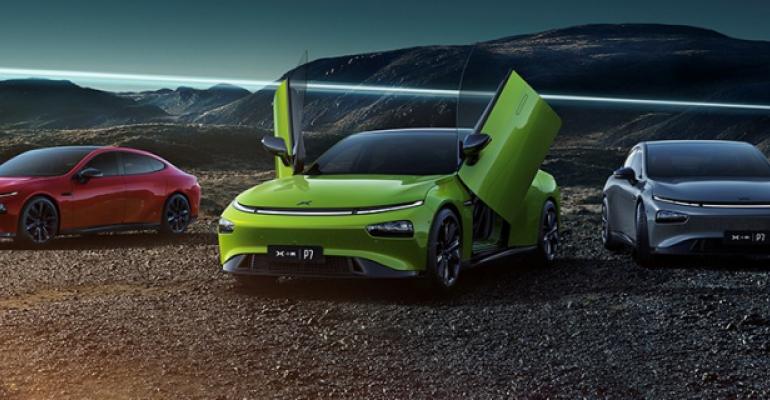We’ve never seen anything like this before, not in the automotive industry at least.
Investors are pouring massive amounts of money into EV startups and suppliers. That is sending stock prices through the roof and generating market capitalizations that don’t seem to bear any semblance to reality.
Meanwhile, traditional automakers, suppliers and retailers are standing on the sidelines, stunned at what they see and trying to figure out how they can get in on the action.
Maybe their day will come. But don’t count on it. The bubble will probably burst before they get their chance.
What’s driving this irrational exuberance is Tesla’s stock. It’s defied the predictions of experts for over a decade, most of whom were sure the shares would come tumbling down.
But every time something knocks Tesla’s stock down, it comes roaring back to new heights. Thanks to that, Tesla has a market capitalization that is worth more than the entire North American automotive industry put together. (Go back and read that sentence again!)
And now we’ve got a bunch of startups dreaming of becoming the next Tesla. That’s especially true of Chinese EV startups. And they’ve got good reason to dream.
As of this writing, Li Auto has a market cap of $29 billion, making it worth more than Nissan. XPeng, at $32 billion, is worth almost as much as Ford. And Nio, whose stock is up more than 1,100% this year, has a market cap of $60 billion which is worth more than BMW.
Remember, all these startups are minuscule compared to traditional automakers. They haven’t sold many cars. They haven’t generated much revenue. And none of them makes a profit. Even so, giddy investors can’t seem to buy their stock fast enough.
In fact, investors are sniffing out other automotive opportunities that might offer a quick killing. Auto suppliers that carry even a whiff of future tech in their portfolios are at the top of their list. So, for example, Magna, at $18 billion, has the highest market cap of any traditional supplier in North America. But Aptiv, a tech startup that was carved out of Delphi and is half the size of Magna, is worth $33 billion.
 This investment exuberance goes beyond tech. Investors also are rewarding companies which dabble in new business models.
This investment exuberance goes beyond tech. Investors also are rewarding companies which dabble in new business models.
For example, AutoNation ($5.9 billion) and Penske Automotive ($4.7 billion) dominate the traditional auto retail business in the U.S. But their market cap pales in comparison to newer entries such as CarMax ($15.5B), Copart ($27B) and Carvana ($43.6B), which specialize in used cars and online retailing.
If all this makes you want to call your broker and dream of getting rich quick, go ahead. But go in with your eyes wide open, because what we’re witnessing right now is a bubble. And when the bubble pops, we’re all going to wonder why these stocks ever went as high as they did.
These valuations are being driven by expectations of skyrocketing revenue and profits. And while the startups probably will enjoy good growth, their valuations are way out ahead of what they likely will earn as they mature.
 Of course, the question is, when will the bubble burst? This could go on for years, like the internet craze during the 1990s.
Of course, the question is, when will the bubble burst? This could go on for years, like the internet craze during the 1990s.
A key signal to watch for will be a moderation in the rate of growth in revenue and gross profits. As soon as that growth rate starts to plateau, the smart money will make a dash for the door. And everyone else will be left holding the bag.
Make sure you’re not one of them.
John McElroy (pictured above, left) is editorial director of Blue Sky Productions and producer of “Autoline Detroit” for WTVS-Channel 56, Detroit.




